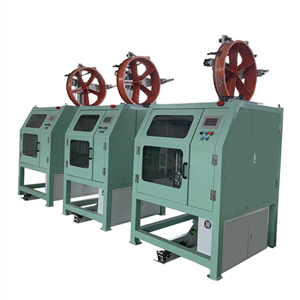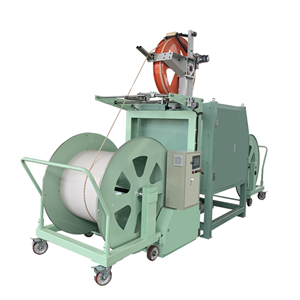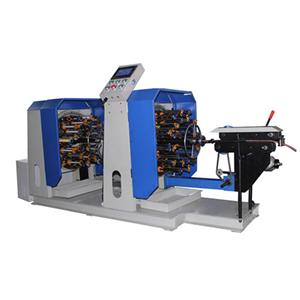Versatile Braiding Solutions for Diverse Applications
Braiding is a versatile textile construction technique where yarns cross each other diagonally, creating structures known as braids. The choice of material and yarn size can vary greatly depending on the application, offering significant adaptability in the production of braided products.
There are two main types of braids: round braids and flat braids. Round braids, characterized by an oval or round cross-section, are commonly referred to by different names depending on their application: strings (technical applications), cords (textile industry), cables (electrical engineering), or ropes (medium and heavy-duty uses). These round braids are essential in various industries due to their strength and flexibility.
Flat braids, also known as laces, are used extensively in fashion and footwear industries, offering a wide range of decorative and functional applications. The flat structure of these braids makes them suitable for intricate designs and practical uses where a flat profile is required.
The adaptability of braiding technology allows for the production of products that meet specific industry needs, making it a vital process in manufacturing. Whether for technical, aesthetic, or functional purposes, the choice between round and flat braids depends on the intended application, showcasing the flexibility and importance of this textile technique.




